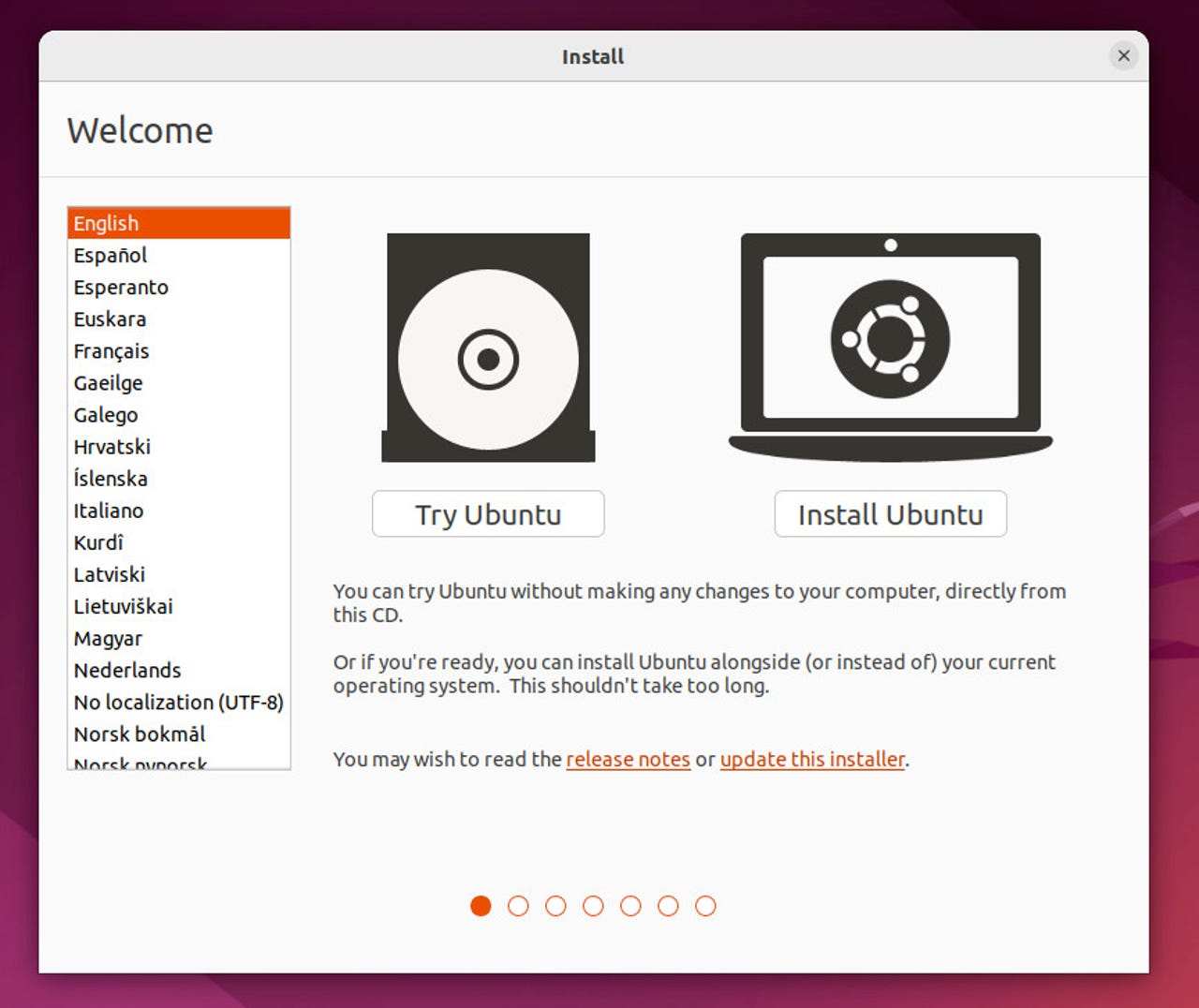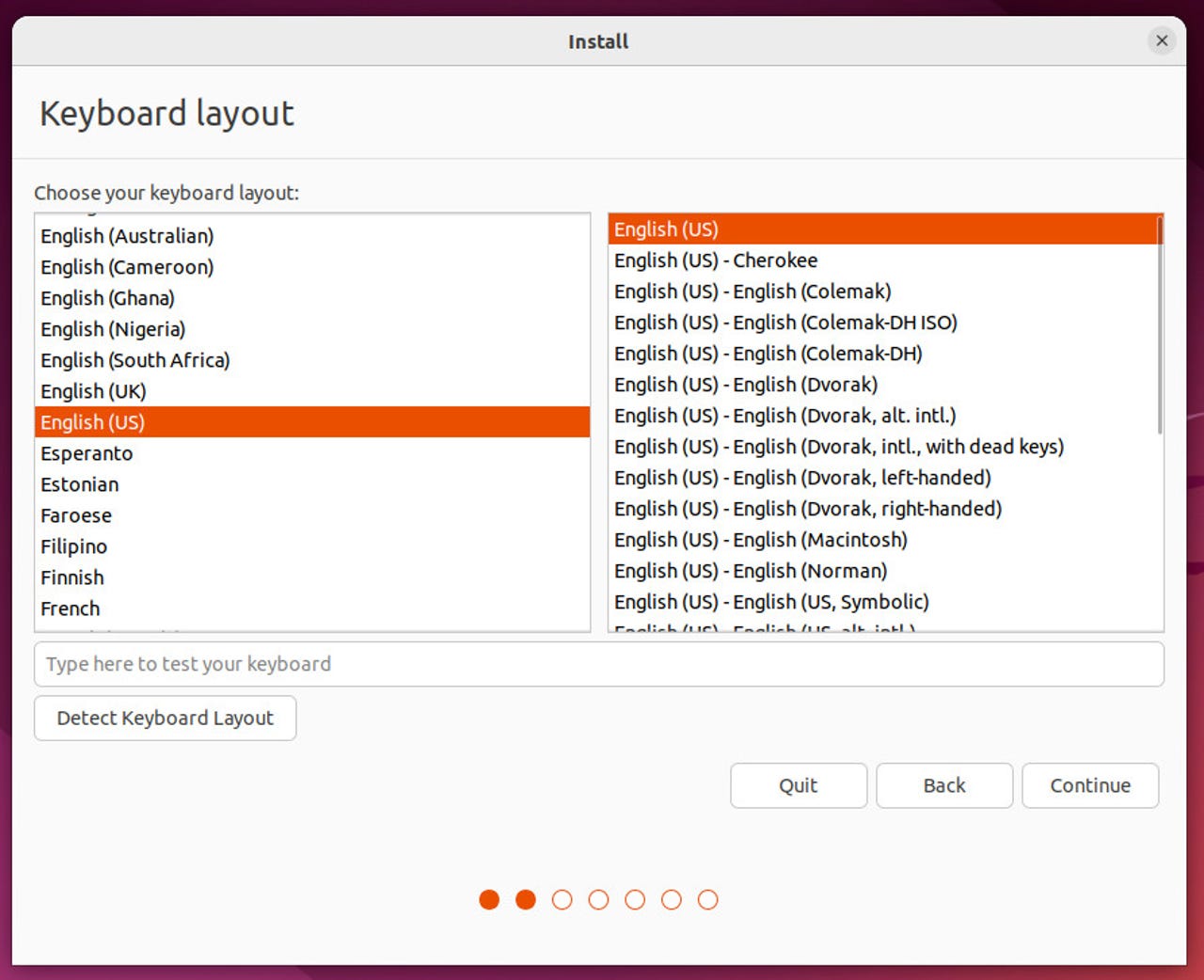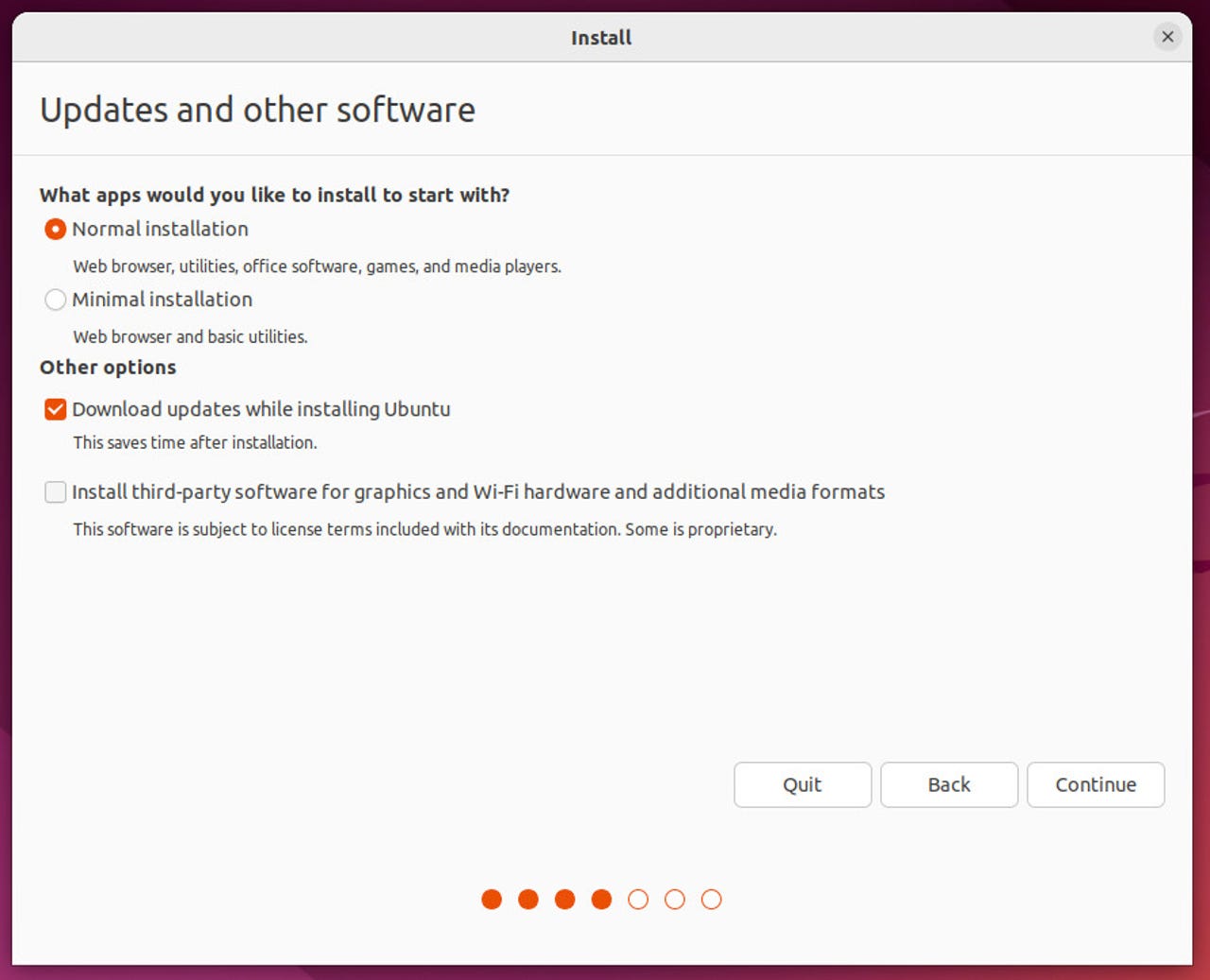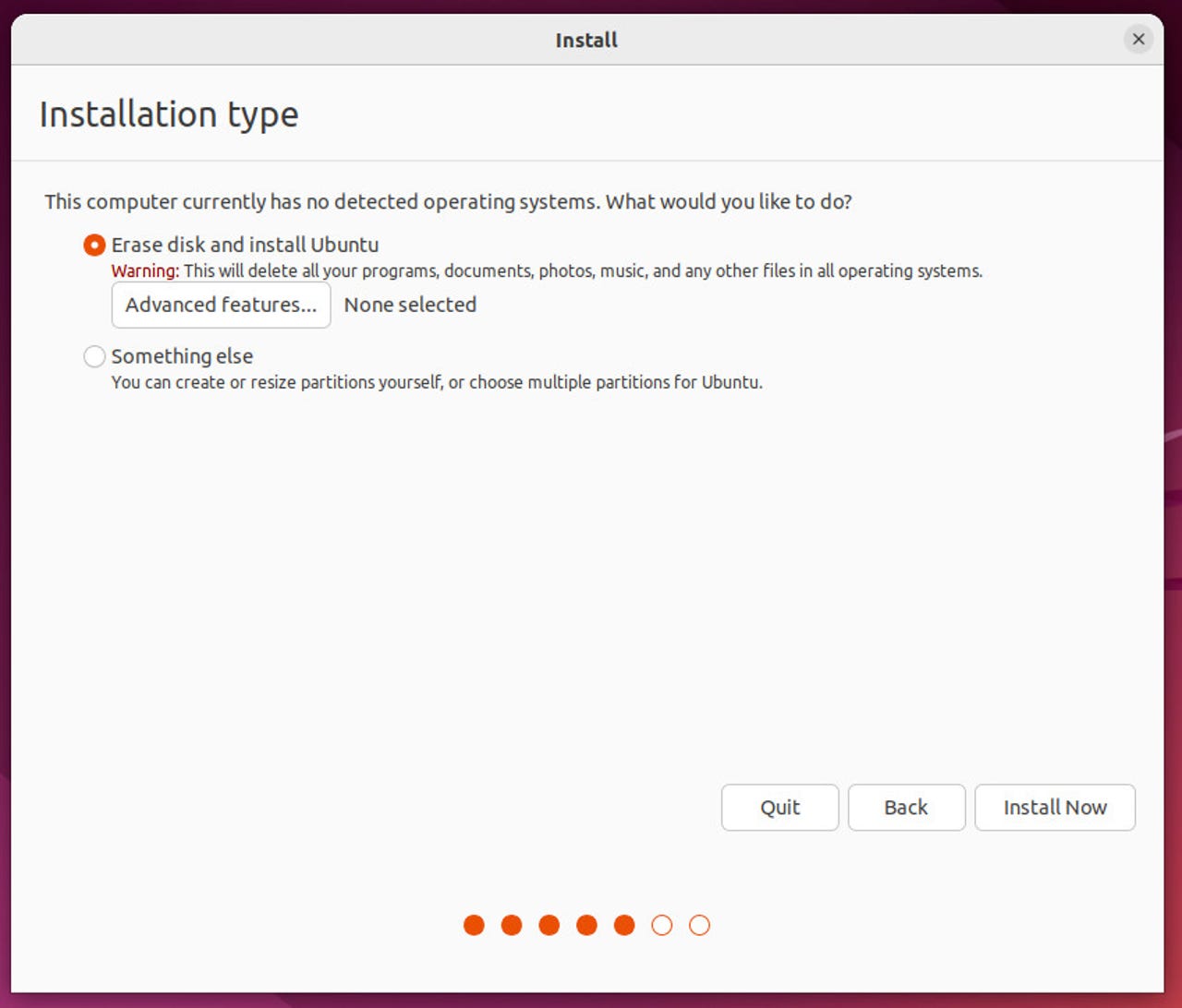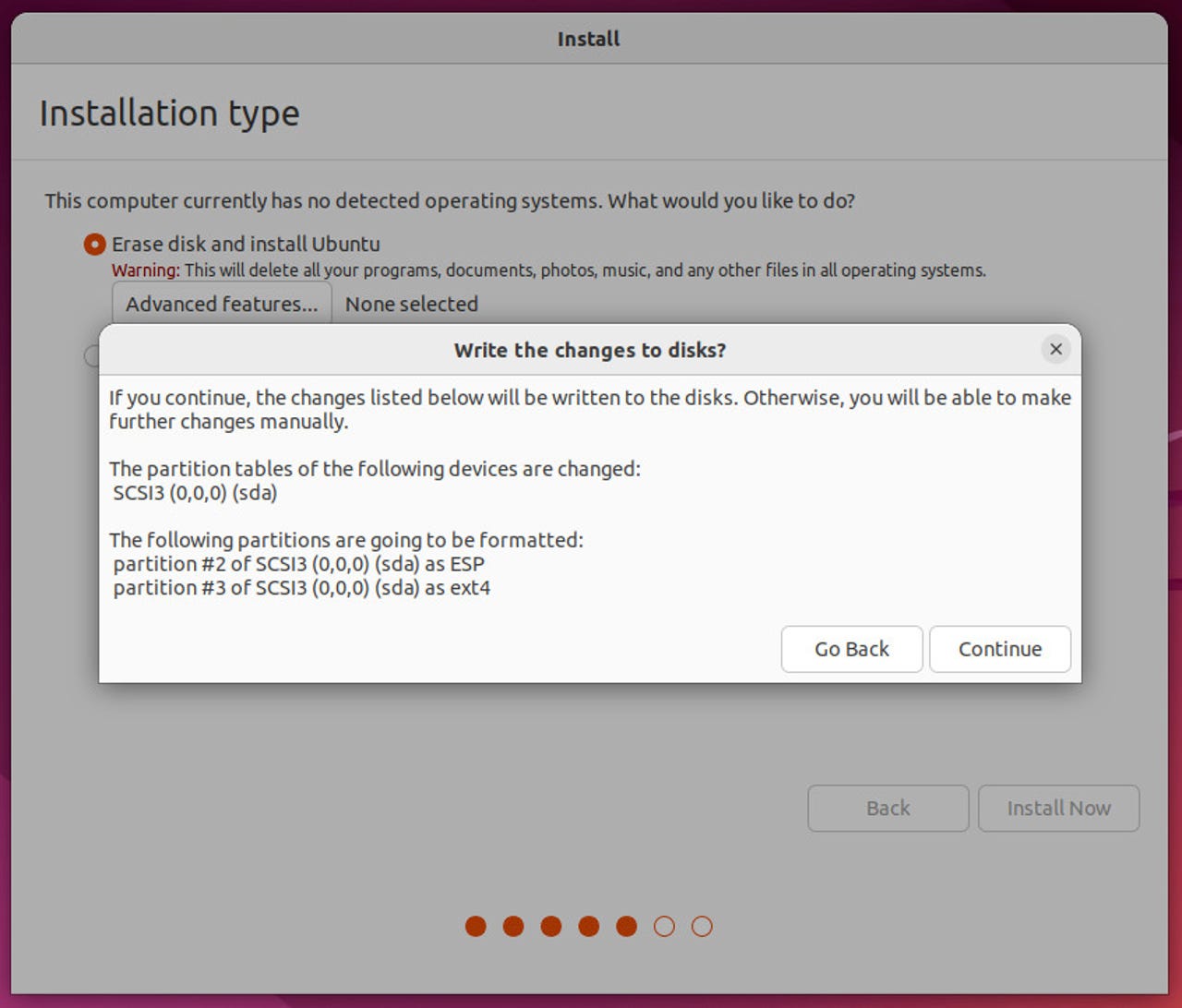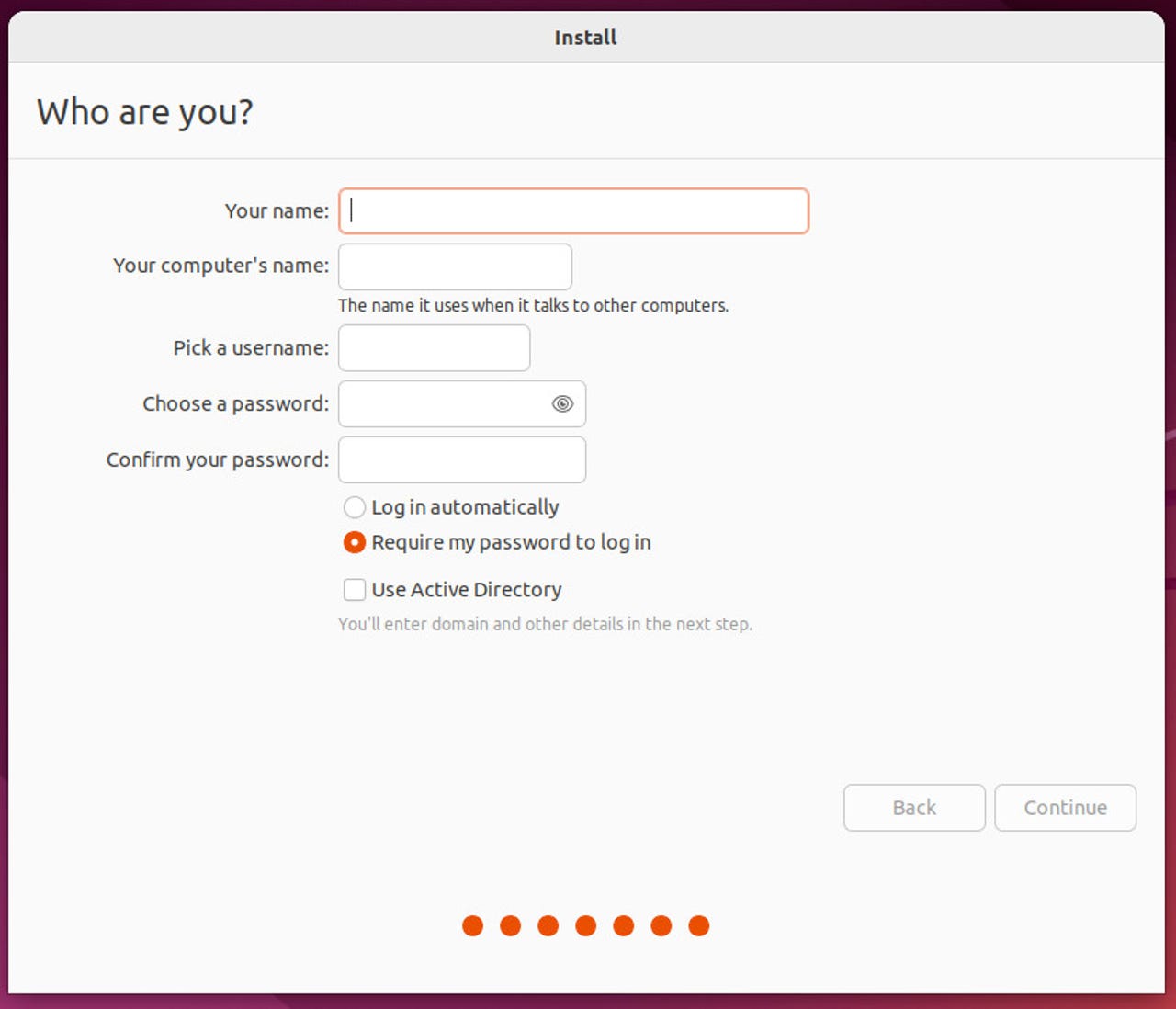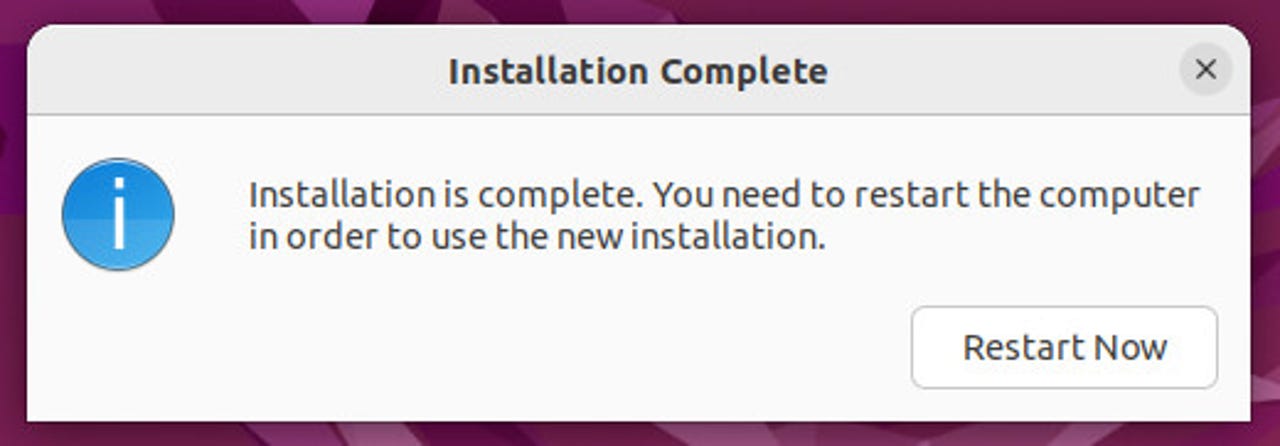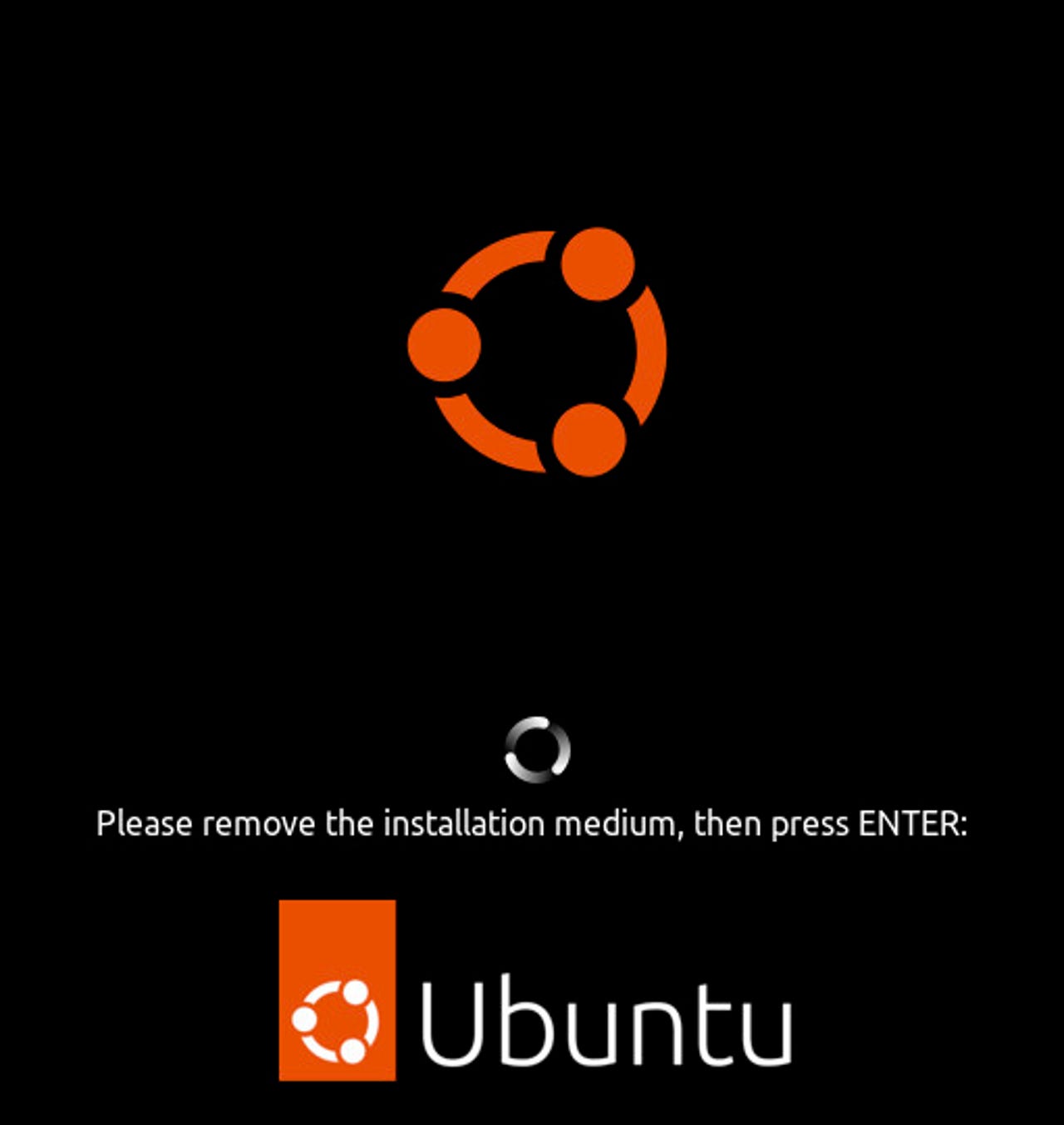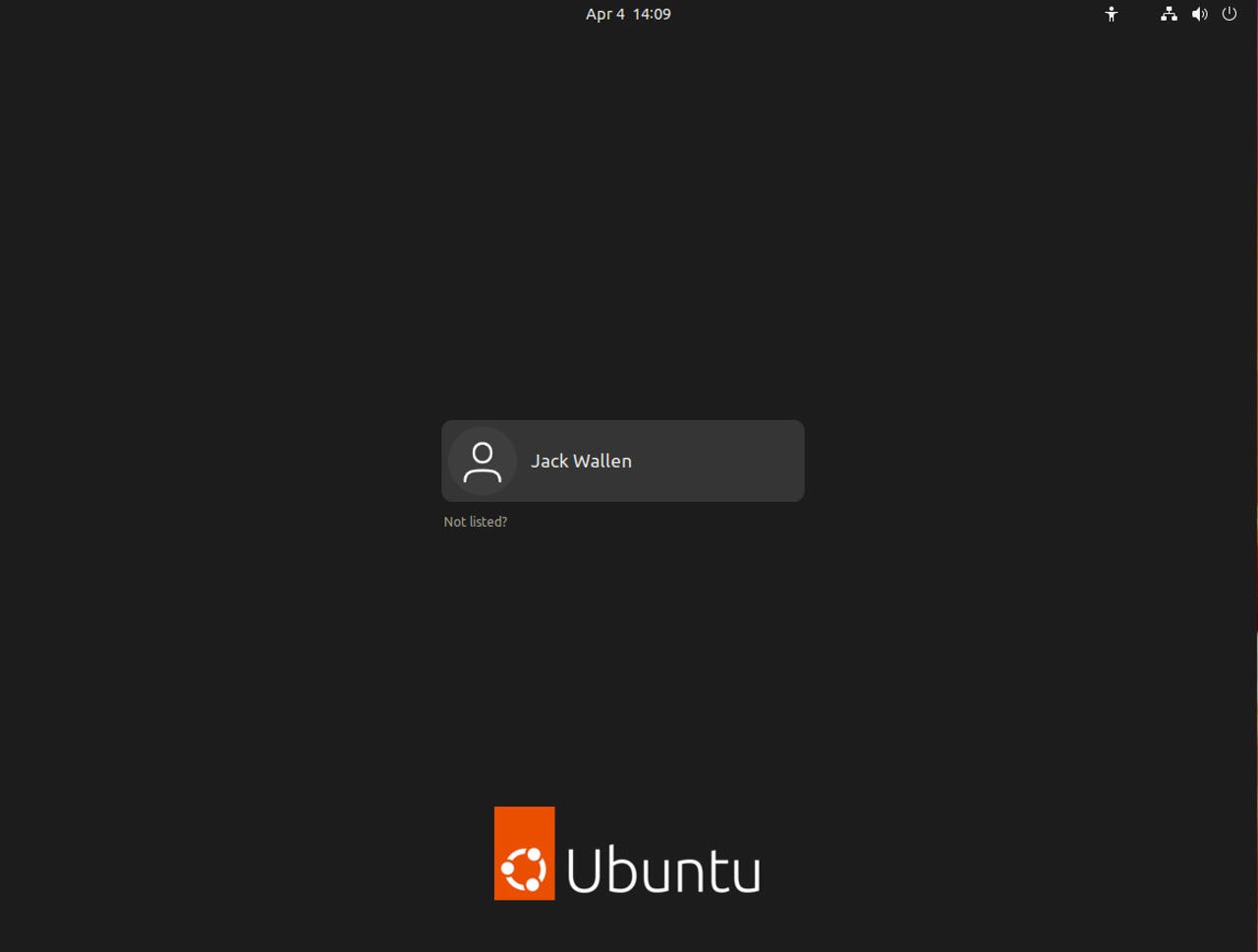Unlocking Peak Performance: The Ultimate Guide to Choosing the Right Gaming PC CPU
If you're diving into the world of gaming PCs, understanding the nuances of CPUs is crucial. With a market flooded with various options, from Intel's i5, i7, and i9 to GPUs like the GTX 950, finding the perfect setup can be daunting. In this guide, we’ll explore the key factors to consider when selecting a CPU for your gaming desktop, with a particular focus on the Intel Core i5, i7, and i9 processors and their performance capabilities. We’ll also touch on how the GTX 950 fits into the equation.
1.Understanding CPU Performance: Intel Core i5, i7, and i9
Intel Core i5
The Core i5 is a mid-range processor known for its excellent balance between performance and cost. It's ideal for gamers who seek reliable performance without breaking the bank. With multiple cores and threads, the i5 handles multitasking and gaming at 1080p with ease. For most modern games, an i5 will offer smooth gameplay and efficient performance, making it a popular choice for budget-conscious gamers.
Intel Core i7
Stepping up to the Core i7, you're looking at a processor that offers superior performance, thanks to its increased core count and higher clock speeds. This CPU is perfect for gamers who want to run games at higher settings or resolutions, such as 1440p or 4K. The i7’s enhanced capabilities also make it a great option for streaming or running demanding applications alongside gaming. If you’re serious about your gaming experience and want to future-proof your system, the i7 is worth considering.
Intel Core i9
For the ultimate in gaming performance, the Intel Core i9 is the pinnacle. With its top-of-the-line specs, including the highest number of cores and threads, the i9 excels in both gaming and multitasking scenarios. It’s an excellent choice for enthusiasts who demand the best possible performance for 4K gaming, VR experiences, and intensive multitasking. If you're looking to build a high-end gaming rig and don’t mind investing a bit more, the Core i9 is the way to go.
2.Pairing with the GTX 950: What to Expect
The NVIDIA GTX 950 is a capable mid-range graphics card that was popular for its balance between performance and affordability. It supports 1080p gaming fairly well, but its performance is more modest compared to newer GPUs.
Core i5 with GTX 950
A Core i5 paired with a GTX 950 is a solid combination for 1080p gaming. This setup provides a smooth gaming experience for most titles at medium to high settings. It's a good choice for gamers who are looking for a budget-friendly option without sacrificing too much performance.
Core i7 with GTX 950
An i7 combined with a GTX 950 can handle higher settings in games and may offer a bit more longevity before needing an upgrade. While the GTX 950 may limit the i7’s full potential, this setup will still perform well for 1080p gaming and provide a more balanced system for various tasks.
Core i9 with GTX 950
Pairing a Core i9 with a GTX 950 might be somewhat overkill. The i9’s performance capabilities far exceed the GTX 950’s, which could lead to a bottleneck where the GPU limits the performance of the CPU. For the best experience, pairing a high-end CPU like the i9 with a more powerful GPU is recommended.
3.Future-Proofing Your Gaming PC
When choosing your CPU and GPU, consider future-proofing your setup. As games and software become more demanding, investing in higher-end components can extend the lifespan of your gaming PC. For those looking to maximize their investment, balancing a high-performance CPU with a matching GPU is essential.
4.Conclusion: Which CPU is Right for You?
Intel Core i5: Ideal for budget-conscious gamers who enjoy 1080p gaming with smooth performance.
Intel Core i7: Best for gamers who want high performance, higher resolutions, and multitasking capabilities.
Intel Core i9: Perfect for enthusiasts who demand top-tier performance and plan to run the most demanding games and applications.
Pair your chosen CPU with a GPU that complements its power to get the most out of your gaming experience. While the GTX 950 is a good fit for mid-range setups, consider newer GPUs for high-end builds or future-proofing your system.
Invest wisely, and you’ll enjoy a gaming PC that delivers the performance you need to conquer your favorite games. Happy gaming!
Keywords for SEO: Gaming PC CPU review, Intel Core i5 i7 i9, GTX 950 performance, gaming desktop CPU, Core i9 vs i7 vs i5, GTX 950 gaming setup, best CPU for gaming PC
Disclaimer: Affiliate Marketing Disclosure
The content on this blog post may contain affiliate links. This means that if you click on a link and make a purchase, I may earn a commission at no additional cost to you. I only recommend products or services that I believe are of high quality and value to my readers.
Please note that while I strive to provide accurate and up-to-date information, the decision to purchase any products or services is ultimately your own. I appreciate your support and trust in using these links to help sustain and improve the blog. If you have any questions about the products or services mentioned, feel free to reach out to me.
Thank you for your understanding and support!
When choosing a gaming PC with different CPU options (i5, i7, i9) and a GTX 950 GPU, it's essential to weigh the pros and cons to ensure you make the best decision for your needs. Here’s a breakdown of what to consider:
Pros and Cons of Buying a Gaming PC with Intel i5, i7, i9 CPUs and GTX 950 GPU
1. Intel Core i5 with GTX 950
Pros:
- Cost-Effective: Generally more affordable than higher-end CPUs, making it a budget-friendly choice.
- Solid 1080p Performance:Suitable for smooth 1080p gaming with medium to high settings.
- Good for Casual Gamers: Ideal for those who play less demanding games or aren’t concerned with ultra settings.
Cons:
- Limited Future-Proofing: May struggle with newer games or higher settings in the future.
- Not Optimal for High Resolutions: May not provide the best experience for 1440p or 4K gaming.
- Performance Bottleneck: The GTX 950 might not fully leverage the i5’s capabilities in more demanding scenarios.
2. Intel Core i7 with GTX 950
Pros:
- Enhanced Performance: Offers better performance and multitasking capabilities compared to the i5.
- Better for Higher Settings:Can handle more demanding games at higher settings than the i5.
- Improved Future-Proofing:More capable of handling future games and applications, providing a longer lifespan.
Cons:
- Potential Bottleneck:The GTX 950 may not fully utilize the i7’s performance potential.
- Higher Cost:Generally more expensive than the i5, though it may not offer a significant performance boost with the GTX 950.
- Overkill for 1080p: May be overkill if you’re only gaming at 1080p, as the GTX 950 may not fully benefit from the i7’s capabilities.
3. Intel Core i9 with GTX 950
Pros:
- Top-Tier Performance: Offers the highest performance among the three CPUs, excellent for multitasking and demanding applications.
- Future-Proof:Provides significant headroom for future upgrades and more demanding games.
- High Gaming Performance:Capable of handling high settings in games and complex applications with ease.
Cons:
- Possible Bottleneck: The GTX 950 may not be able to keep up with the i9’s performance, leading to underutilization of the CPU.
- Expensive: The i9 is a premium processor, and pairing it with a GTX 950 may not justify the higher cost.
- Overkill for Current Games:May be excessive for current gaming needs, especially if you’re gaming at 1080p.
Conclusion
- Choosing the right CPU and GPU combination depends largely on your gaming preferences, budget, and future upgrade plans.
- For Budget-Conscious Gamers: The Intel Core i5 with GTX 950 offers a balanced option with solid 1080p performance without breaking the bank.
- For Serious Gamers: The Intel Core i7 with GTX 950 provides a better overall performance and is more future-proof, though it might not fully utilize the GTX 950’s capabilities.
- For Enthusiasts:The Intel Core i9 with GTX 950 delivers top-tier performance, but it’s a bit of an overkill if paired with the GTX 950, making it a better fit with a higher-end GPU for optimal performance.
Evaluate your gaming needs and budget to select the best setup for you.


















